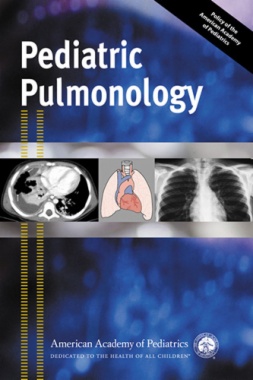

You'll turn here often for the latest AAP findings and recommenations; assessment and testing how-tos; proven therapeutic strategies; procedures, and techniques; home care and monitoring considerations; and much more.
Powerful problem-solving features in each information-rich chapter include illustrative case reports, key point summaries; and definitions of pulmonary-specific terms.
Nearly 300 finely detailed images complement the text.
Content highlights:
- Foundation knowledge and know-how - anatomy and physiology; physical examination; pulmonary testing; imaging; bronchoscopy
- Allergic conditions - acute bronchopulmonary aspergillosis; asthma
- Anatomical disorders - congenital anomalies; chest wall and spinal deformities
- Upper airway infections - croup, epiglottitis, and bacterial tracheitis
- Lower airway infections - bronchiectasis; bronchiolitis; community-acquired pneumonia; complications of pneumonia; tuberculosis
- Noninfectious pulmonary disorders - interstitial lung disease; bronchopulmonary dysplasia; pleural effusion; pneumothorax and pneumomediastinum; pulmonary hemorrhage; aspiration
- Miscellaneous pulmonologic issues - lung transplantation; pulmonary disorders associated with obesity; functional respiratory disorders; sleep disorders
- Genetic disorders - cystic fibrosis; primary ciliary dyskinesia
- Lung disease associated with systemic disorders - pulmonary complications of cardiac disease; endocrine disorders; GI disorders; sickle cell disease; immunodeficiency disorders; neuromuscular disorders; cancer
- Treating and managing pulmonary disease - airway clearance techniques; medication delivery; bronchodilators; antibiotics and corticosteroids; oxygen therapy; preventing and treating tobacco dependence; home monitoring; home ventilation